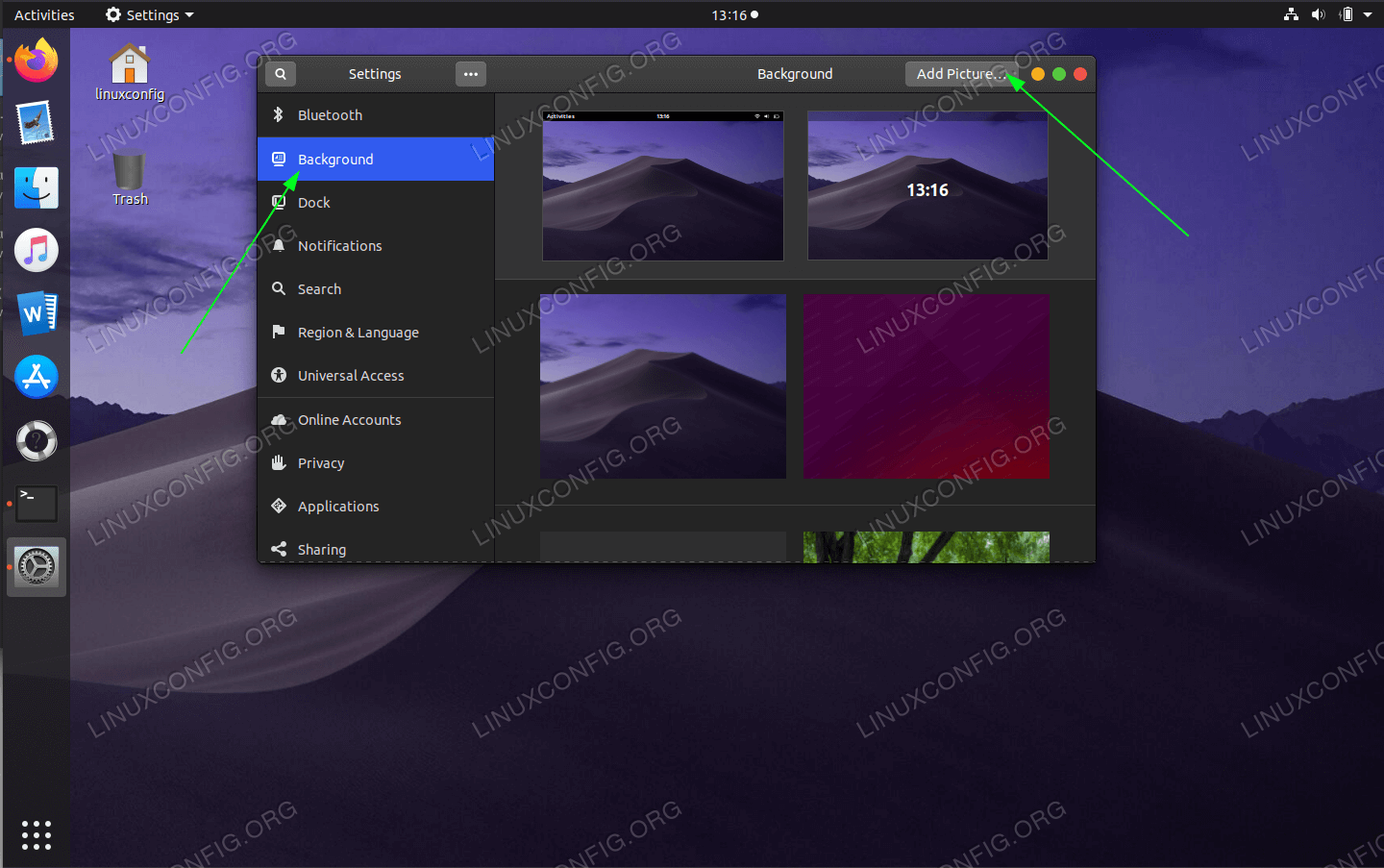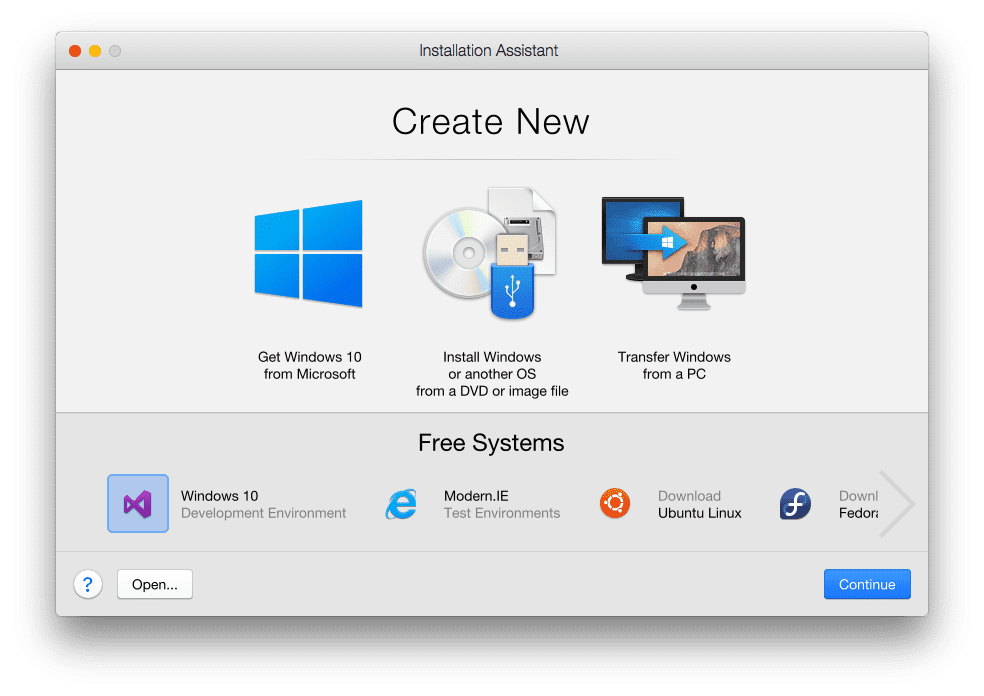

- #Ubuntu for mac desktop how to
- #Ubuntu for mac desktop install
- #Ubuntu for mac desktop full
- #Ubuntu for mac desktop software
- #Ubuntu for mac desktop free
In the Ubuntu Software Center, you may choose between a range of desktop environments.
#Ubuntu for mac desktop install
In this part we’ll install the Gnome desktop environment if you do not have it installed for any reason.
#Ubuntu for mac desktop how to
This article will cover how to set up a remote desktop experience using Xrdp on Ubuntu Linux. Xrdp integrates parts of the RDP and X Windows systems to transmit the visuals and controls between client and system. RDP will enable you to log into a remote machine and create actual desktop sessions in the same way you would on a local device. It delivers an entirely operational RDP-well-matched remote desktop experience.
#Ubuntu for mac desktop free
The next section deals with the type of desktop entry and the categories it belongs to.Xrdp is a free and open-source alternative to the Microsoft RDP server that allows non-Windows operating systems. If not added, Ubuntu will automatically assign a default icon to the shortcut. You can also add the source and icon path for the app. For other applications, change the variable values as you prefer.

If you haven't added the app to your environment variables, you can also specify the complete path of the binary. For the " Exec" variable, you can simply add "gnome-terminal" since typing this command would yield another terminal instance. In the following section, add the path of the executable and other necessary information. Version=1.0Ĭomment=A terminal emulator for the shell The next section defines the version details and other metadata associated with the app. The very first statement inside the file would define that it is a desktop entry file. Then, open the file in your favorite text editor for editing. Start by creating a new file using the touch command. The format of the desktop file is easy to understand, and almost anyone can effortlessly write one themselves.įor this guide, we'll create a desktop entry for the Ubuntu Terminal. But you can create one for any app installed on your system. Not every Linux program will create a desktop entry for you. Then, inside the folder, locate the desktop entry for the application you want to create a shortcut for. To start, head over to the /usr/local/share/applications directory using either a graphical Linux file manager or the command line. The steps are exactly the same for desktop files stored in any other directory on the system. This guide will demonstrate setting up app shortcuts stored in the /usr/local/share/applications directory. If an app has been installed for only a single user, the desktop entry for the said app can be found inside the ~/.local/share/applications folder inside the user's home directory. The /usr/local/share/applications directory stores desktop files for programs installed on your system. Note that, however, these are not limited to only applications, you can also create such files for directories, URLs, and scripts. You can think of them as app shortcuts on Ubuntu. These are simple configuration files that hold information about an application, including its path, icon, and other metadata. Usually, you get the choice to create a shortcut for the app during its installation.

Other mainstream OSes like Windows also employ app shortcuts to enrich the user experience and make it easy for users to launch applications straight from the desktop.
#Ubuntu for mac desktop full
Having a desktop full of shortcuts ensures you don't have to open the applications menu and search for an app every time to launch it.Īnd also, you can steer clear of the sophisticated terminal-based approach to launching apps, which is nerve-wracking for some beginners. The most prominent amongst all is convenience. There are a plethora of reasons why one would want app shortcuts on their desktop. In this guide, you'll learn how to create and add application shortcuts to the Ubuntu desktop. After all, who wouldn't want the convenience of launching their apps directly from the desktop-that's what a desktop is for! While this might not cause problems for experienced Linux users, those who come from Windows can find this behavior strange, provoking them to switch back to their old OS. Unlike Windows, Ubuntu doesn't automatically add desktop shortcuts for the apps you install.


 0 kommentar(er)
0 kommentar(er)
